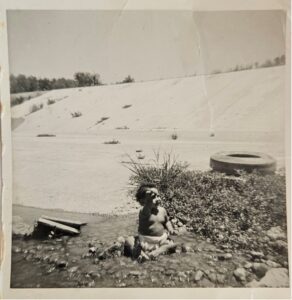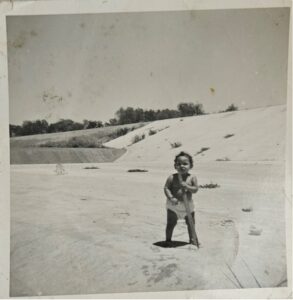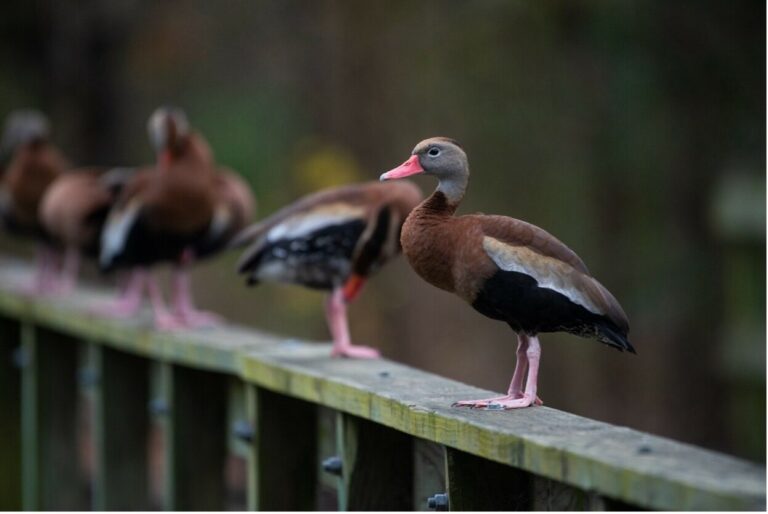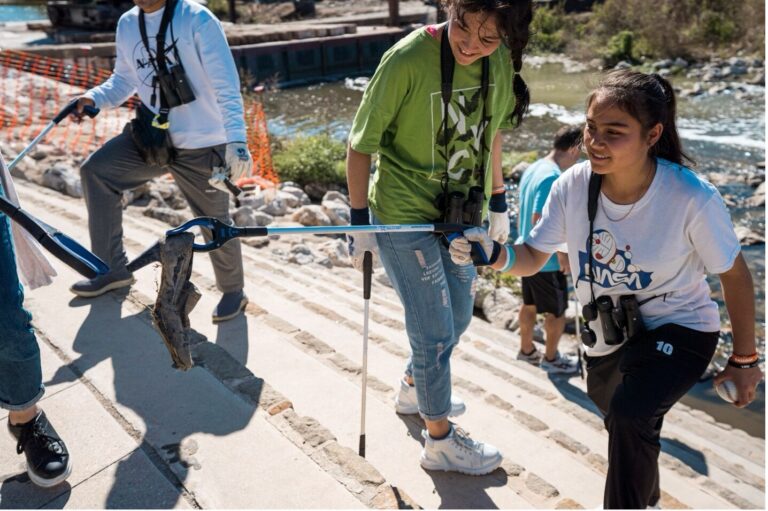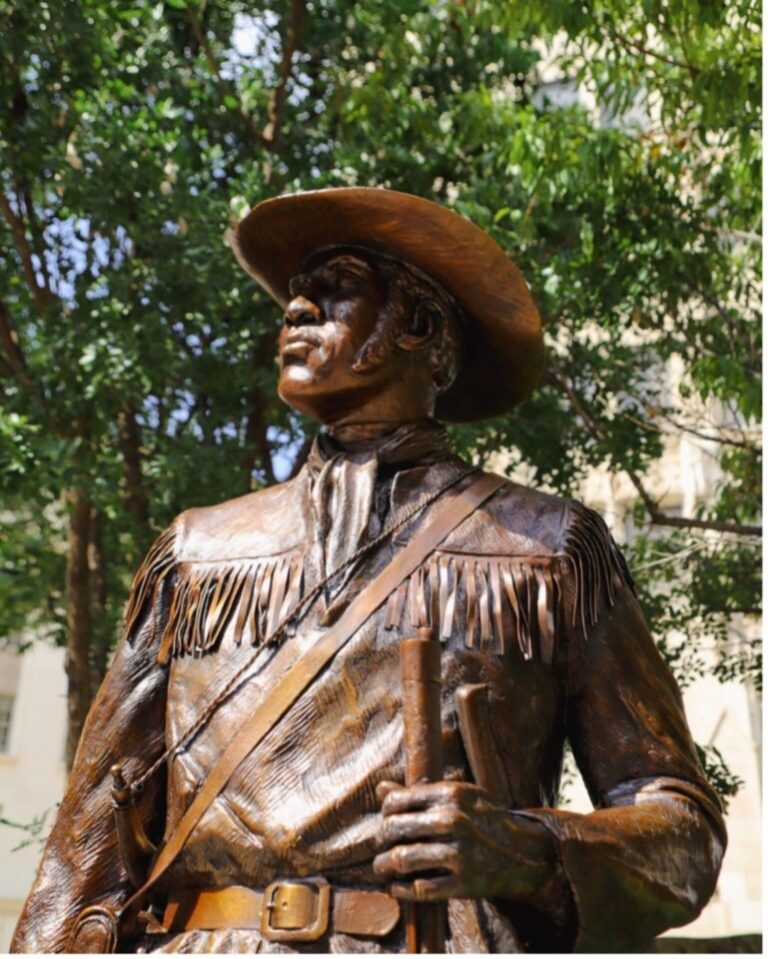El río San Antonio es más que una vía fluvial; es una parte viva y dinámica de la historia y la identidad de nuestra comunidad. Como descendiente de los colonos originales de la Misión San José, he sido testigo de primera mano de cómo este río ha moldeado la vida de generaciones de habitantes de San Antonio. Permítanme llevarlos a un viaje a través del tiempo, explorando las profundas conexiones entre mi familia y este río icónico.
Recuerdos de la infancia: Espada Park y más allá
Cuando éramos niños, el parque Espada era nuestro santuario. Ubicado a orillas del río, recuerdo haber celebrado allí uno de mis baby showers, un homenaje apropiado al lugar que había sido una parte tan integral de mi infancia. El parque adquirió diferentes significados a medida que crecíamos: desde un lugar de picnic familiar hasta el famoso "callejón de los enamorados" de nuestros años de escuela secundaria.
Nadar en el río era una actividad habitual en nuestra comunidad durante los veranos. El agua fresca proporcionaba alivio del calor de Texas y creaba recuerdos duraderos con amigos y familiares. Me entristece que, en la actualidad, nadar o vadear en el río San Antonio en el condado de Bexar esté prohibido por una ley. Ordenanza de la ciudad de San Antonio (COSA)Hay alguna esperanza de que esto cambie en el futuro. En definitiva, me gustaría tener más fotografías de cómo era el río antes de que lo canalizaran. A medida que uno se hace mayor, suele pensar en cosas como esa: la importancia de preservar los recuerdos.
Mi hermana Debra Guerrero Pacheco García-1 año de edad, 1962/Parque Espada
Un legado de pesca y unión familiar
Para los hombres de mi familia, el río era más que un lugar de recreo: era un proveedor. Mi padre me contaba historias de cómo pescaban allí muchos peces. Armados con cañas de pescar improvisadas hechas de bambú que encontraron cerca de la Misión de San José, pasaban horas probando suerte en las aguas del río. A medida que se hicieron mayores y más prósperos, sus aventuras pesqueras se ampliaron. Se pusieron manos a la obra y compraron un barco que les permitía pescar en Corpus Christi o en el Golfo de México. Pero esos primeros días junto al río San Antonio sentaron las bases de una pasión que duraría toda la vida.
El río y el parque Espada eran nuestros espacios seguros. En una época en la que nuestra comunidad se enfrentaba a la discriminación, estos espacios ofrecían refugio. Mi padre y sus hermanos sabían que podían ir allí sin ser acosados ni meterse en problemas. No se aventuraron mucho más allá de los límites de nuestro vecindario: el río y el parque Espada eran lugares donde sabían que estarían bien.
Un río recorre nuestra historia
Como nativo americano y descendiente de los colonos de la Misión de San José, considero que el río San Antonio es mucho más que una atracción turística o un activo económico. Es un recurso vital que ha sostenido a nuestra comunidad durante siglos, una fuerza natural que debe ser respetada y preservada.
Mi hija, al enterarse de nuestra herencia indígena, encontró un nuevo significado en sus carreras a lo largo del río. Siempre ha sido una corredora, cubriendo la distancia entre Confluence Park y Espada Park. Pero ahora, dice que se siente diferente. Se da cuenta de que aquí es donde empezamos, por donde caminaron nuestros antepasados. Ahora, cuando corre desde nuestra casa, a través de los terrenos de la iglesia y a lo largo del río, está recorriendo los pasos de incontables generaciones antes que nosotros. No tiene precio tener esta conexión.
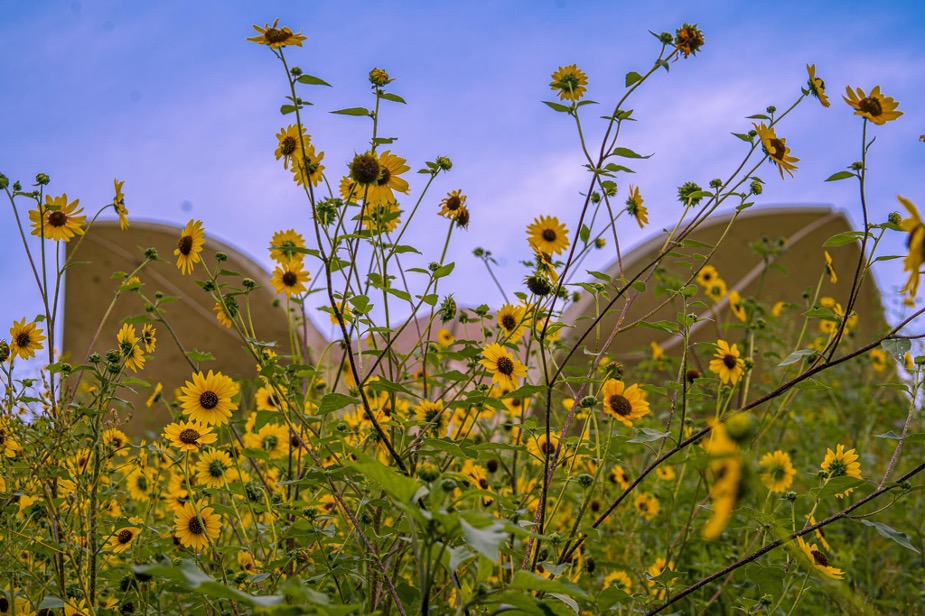
Parque de la Confluencia
Pero nuestra conexión con esta tierra no siempre ha sido segura. Recuerdo cuando la casa de mi familia cerca de la misión fue expropiada por dominio eminente en nombre de la preservación. Mi abuela Pacheco me contó sobre los “barrios de los indios” cerca de la misión. Me explicó que no era un fuerte ni un cuartel de soldados, sino simplemente un lugar donde vivía gente. La casa de nuestra familia estaba en la zona donde hoy se encuentra el tercer “barrio” desde la puerta trasera de la misión.
Cuando recibimos la carta que condenaba nuestra propiedad por dominio eminente, convirtiéndola en una “zona de amortiguamiento”, quedó claro que se había pensado poco en la historia viva de la zona. Mi madre era una Romero cuya tribu de nativos americanos ayudó a construir San José. Se casó con un Pacheco, descendiente de una de las primeras 14 familias de las Islas Canarias. Esto planteó preguntas importantes sobre lo que realmente estamos preservando: ¿estamos preservando edificios y terrenos, o la historia viva y el legado de las familias que han llamado hogar a este lugar durante generaciones?
Continuando la tradición: nuevas formas de disfrutar el río
Si bien ya no podemos nadar en el río como antes, nuestra conexión con él sigue siendo fuerte. Hoy en día, encontrarás a familiares caminando, corriendo o meditando en sus orillas. Aún celebramos cumpleaños bajo los pabellones del Parque Espada, manteniendo viva la tradición de las reuniones familiares.
A menudo sueño con un futuro en el que podamos crear una zona de chapoteo segura para los niños, que permita a las nuevas generaciones experimentar la alegría de conectarse con el río. Por ahora, apreciamos los espacios verdes y la sombra de los árboles, agradecidos por las oportunidades de unión que estas áreas siguen brindando.
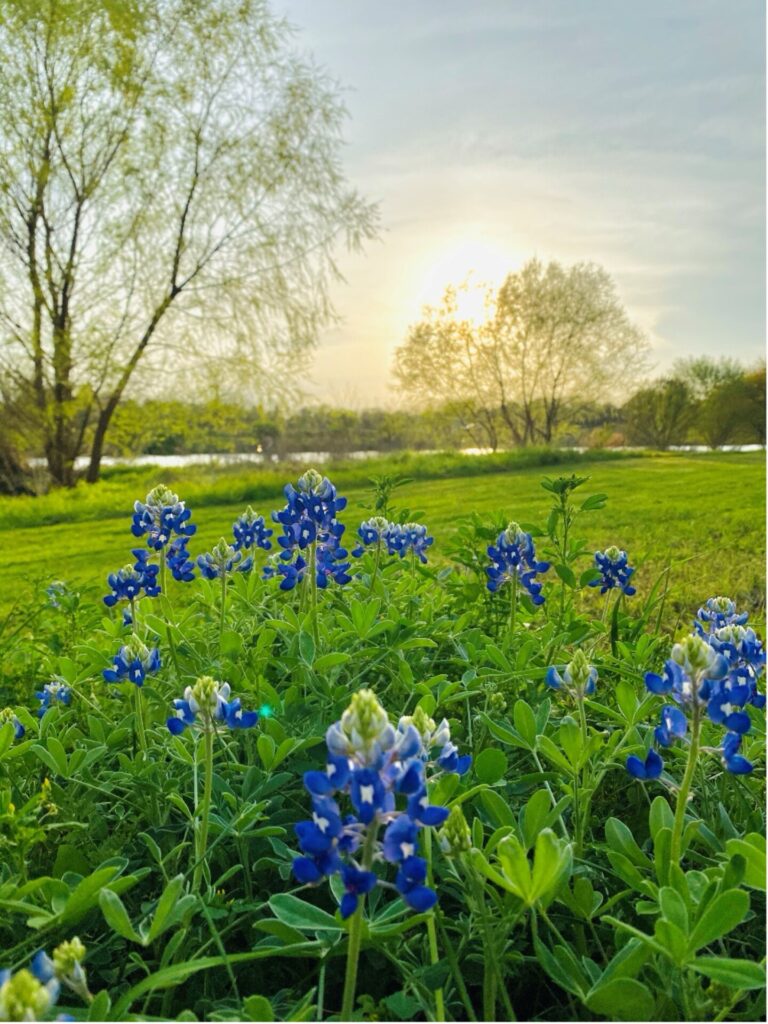
Lupinos en el parque Espada
Mirando hacia el futuro
Al mirar hacia el futuro del río San Antonio, espero que podamos lograr un equilibrio entre el progreso y la conservación. Necesitamos mantener la limpieza del río, respetar su flujo natural y recordar su importancia más allá de su valor económico. Quiero que la gente recuerde y aprecie que el río fue una fuente de vida.
El río ha sido testigo silencioso de las alegrías, las luchas y los triunfos de innumerables familias de San Antonio. Es más que solo agua que fluye por nuestra ciudad; es el alma de nuestra comunidad, que lleva consigo las historias y los recuerdos de las generaciones pasadas y las futuras.
Así que, la próxima vez que visite el río San Antonio, tómese un momento para reflexionar sobre su rica historia. Recuerde a las familias que vivieron a lo largo de sus orillas, a los niños que alguna vez nadaron en sus aguas y las innumerables historias que encierra. Al comprender y apreciar este legado, nos aseguramos de que el espíritu del río San Antonio siga fluyendo con fuerza para las generaciones venideras.
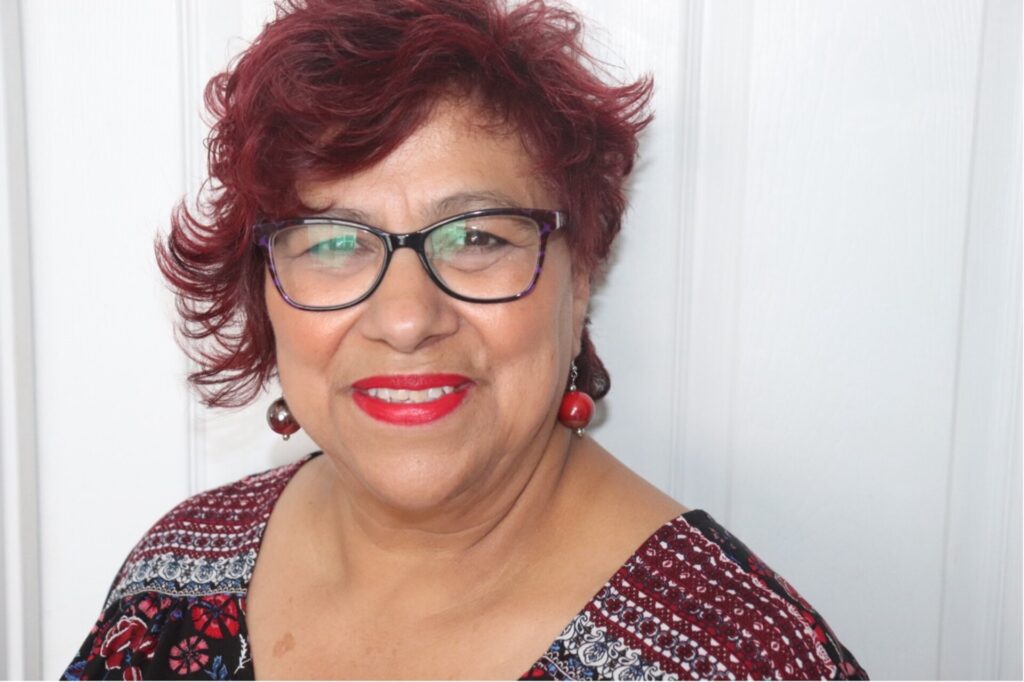
El blog de hoy es una contribución de Brenda PachecoElla es la “madre de una mujer adulta increíble que, al igual que su madre, se preocupa mucho por su comunidad. Brenda disfruta de su herencia indígena estadounidense y del espacio que habitaron sus antepasados, la tribu Pampopa que ayudó a construir la Misión de San José en 1720. Hoy, Brenda todavía vive a menos de una milla de la pared oeste de la Misión. Es miembro de la comunidad de la iglesia de San José y forma parte de una junta de la ciudad. También es funcionaria de Texas Business Women (TBW). Además, está jubilada de Capital Group American Funds después de 20 años de servicio”.
Comparte tu historia
¿Qué es lo que más le gusta de su vía fluvial? ¿Tiene buenos recuerdos de su infancia, jugando junto a uno de los arroyos? ¿Sus tradiciones familiares incluyen celebrar días festivos o eventos especiales en un parque cerca del agua? ¿Su día libre ideal en el trabajo implica pescar, salir a caminar o remar en el río? Ya sea que se encuentre en los condados de Bexar, Wilson, Karnes o Goliad, queremos saber cómo una de las vías fluviales de la cuenca del río San Antonio ha tenido un impacto positivo en su vida. Visite el sitio Mi página del proyecto de historia oral de River Way ¡Para compartir tu historia hoy!

